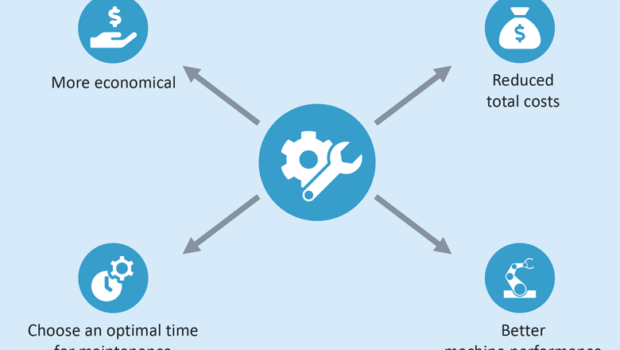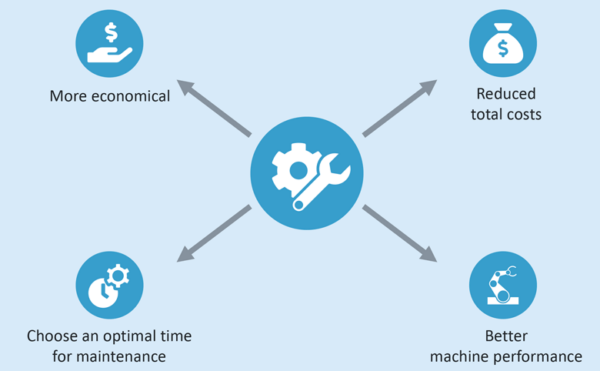How AI Makes Predictive Maintenance Effortless
What does maintenance entail? You may picture a grimy mechanic fixing stuff with tools. Or you could imagine a bean counter putting figures on spreadsheets to fix your automobile. Both need expensive and time-consuming human effort. Predictive maintenance may help automobile owners (and their budgets). AI-based predictive maintenance uses clever algorithms and sensors to monitor specific systems to work as effectively as possible, reducing downtime and repair costs.
What is Predictive Maintenance?
Data is used in predictive maintenance to predict when equipment will fail and take action to prevent that failure. It’s used in mining, oil and gas, manufacturing, and utilities.
In these industries, machines run 24 hours daily without fail — often for years. It can be challenging for humans to keep up with all the upkeep required to function correctly over time. That’s where AI comes into play: predictive maintenance systems use artificial intelligence tools like machine learning algorithms and image recognition software to monitor equipment and detect problems before they become critical issues or lead to costly repairs.
Why Is Predictive Maintenance Important?
- Reduce downtime. With predictive maintenance, you’ll proactively predict when parts of your equipment need repair or replacement before they break down, saving valuable time and money.
- Increase productivity. With a more efficient system in place, it’s easier for companies to manage their budgets and stay ahead of the curve with product innovation by reducing downtime on critical equipment—which means less downtime overall!
- Reduce costs and improve industry safety standards by using automated predictive maintenance technology (APM). By detecting anomalies before they escalate into problems that require expensive repairs, companies can save millions annually by implementing APM systems today instead of waiting until tomorrow when things get worse due to a lack of prevention strategies.
How Does Predictive Maintenance Work?
AI-based predictive maintenance is a process that uses sensors and algorithms to monitor equipment health. This system can then predict when equipment will fail, determine the best action, determine what maintenance is needed, and more. In short, it’s an automated system that takes over manual processes.
Predictive maintenance results in better customer service and lower costs because you won’t need as much staff or equipment on site if your facility has sufficient system redundancy.
The Future of Predictive Maintenance
In the not-too-distant future, predictive maintenance will be constructed on a base consisting of more advanced algorithms, an increased number of sensors, and an increase in the amount of available data. People will find it much more straightforward, and its integration with many other systems will also be less complicated.
Predictive maintenance relies on intelligent algorithms and sensors to keep them running at peak efficiency.
Predictive maintenance is an approach that helps to guarantee that equipment is running to its maximum capacity. At its core, predictive maintenance consists of intelligent algorithms and sensors. The use of sensors allows for continuous monitoring of a machine’s overall health, early detection of potential problems before they become apparent, collecting of data that can be incorporated into predictive training models, and estimating the time at which a machine will experience a breakdown.
Conclusion
Predictive maintenance is an excellent option if you’re looking for a way to improve your business operations. Costs may be decreased; productivity can be raised, making your company more efficient overall. But if you don’t have the necessary human resources to implement these systems, it might be time to look into an automated solution like AI.






![The Ultimate Email Marketing Checklist! [Infographic]](https://technofaq.org/wp-content/uploads/2018/06/check-list-infographic-150x150.png)






